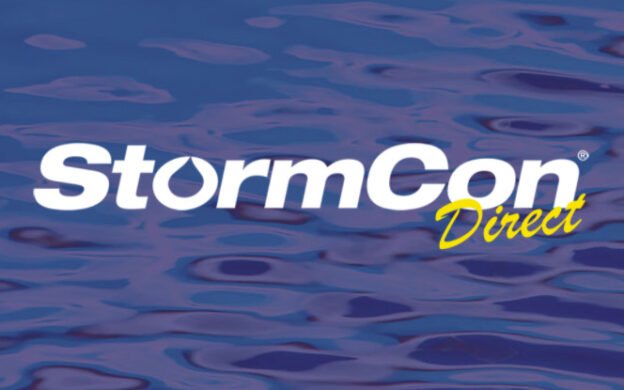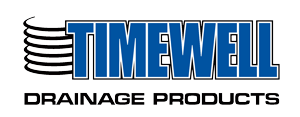Originally presented at StormCon 2023.
Hoosier Energy in Petersburg, Indiana, has the Ratts Generating Station on the left descending bank of the White River. The site was experiencing severe erosion, which was impacting both electrical transmission lines as well as an existing switch yard. The transmission lines had been moved as far away from the eroding bank as possible, but something needed to be done to protect them. The river had eroded the left descending bank and Burns & McDonnell performed a study to determine flood flows, erosive forces including velocity and shear, and contacted agencies due to the presence of endangered mussels in the river. HEC-RAS was used in conjunction with bathymetric survey and gage data to evaluate the river. The original solution was to install Longitudinal Peaked Stone Toe (LPST) protection with vegetation; however the White River rises quickly during rainfall events but also tends to keep an elevated water level once flooding occurs. The design team was concerned that the prolonged inundation would drown any vegetation. Due to these concerns, the design alternative was changed to a bank pave – rip rap along the entire slope with a rock toe. The armored bank will provide protection during elevated flows, while the toe will self-launch to provide protection against toe cutting or channel degradation. The Corps of Engineers, Indiana Department of Environmental Management (IDEM), and Indiana Department of Natural Resources (IDNR) were all consulted and met on site to discuss the project and what could and could not be done. Through the consultation, a more stringent revegetation plan was produced to include native grasses, native shrubs and some native trees. Special attention had to be made to keep any native trees away from the transmission lines so that they would not interfere with the lines or have to be trimmed in the future. Replace current copy with this: Additionally, learn about upcoming activities and the initial testing for trash removal devices including the implementation schedule, how you can join STEPP, and how you can begin using the service for trash removal BMPs.
About the Presenter
Rick Besancon graduated from University of Missouri-Rolla with a BS in Civil Engineering. He has been with Burns & McDonnell for over 27 years, starting in the Civil Hydraulics group and continuing with a wide variety of experience. Rick found a love for channel stabilization and restoration early in his career and has worked with Burns & McDonnell offices all over the US to aid clients with ecosystem restoration and channel stabilization.
Course Content






